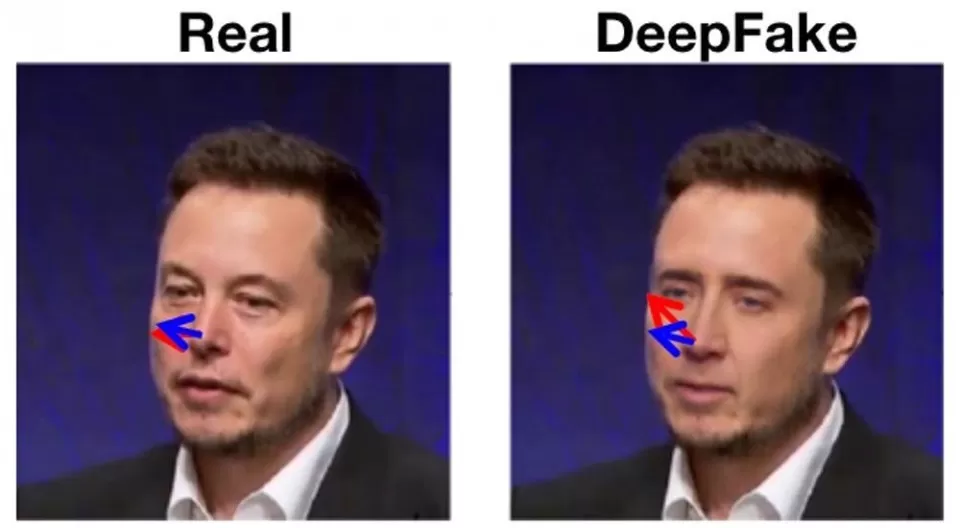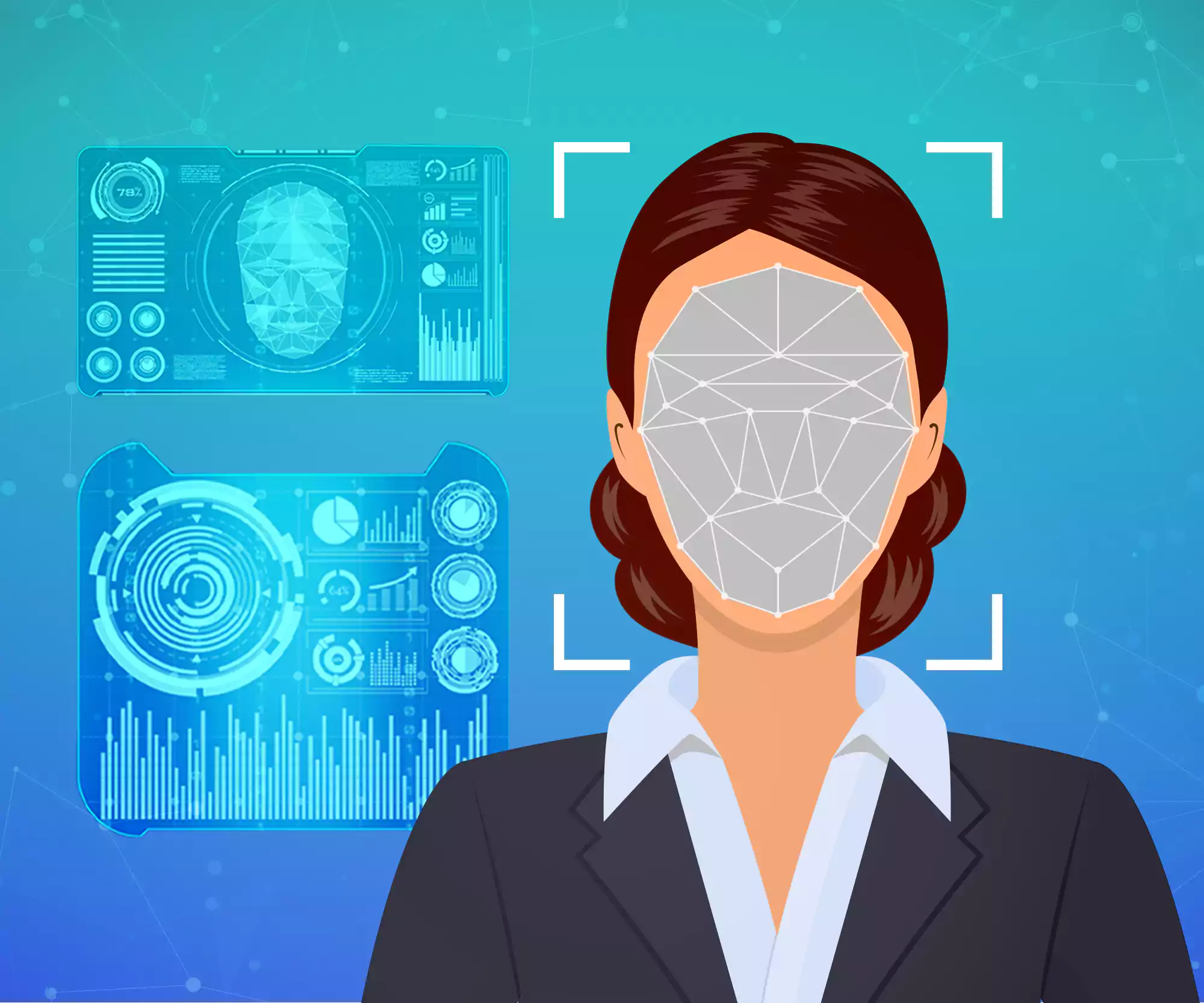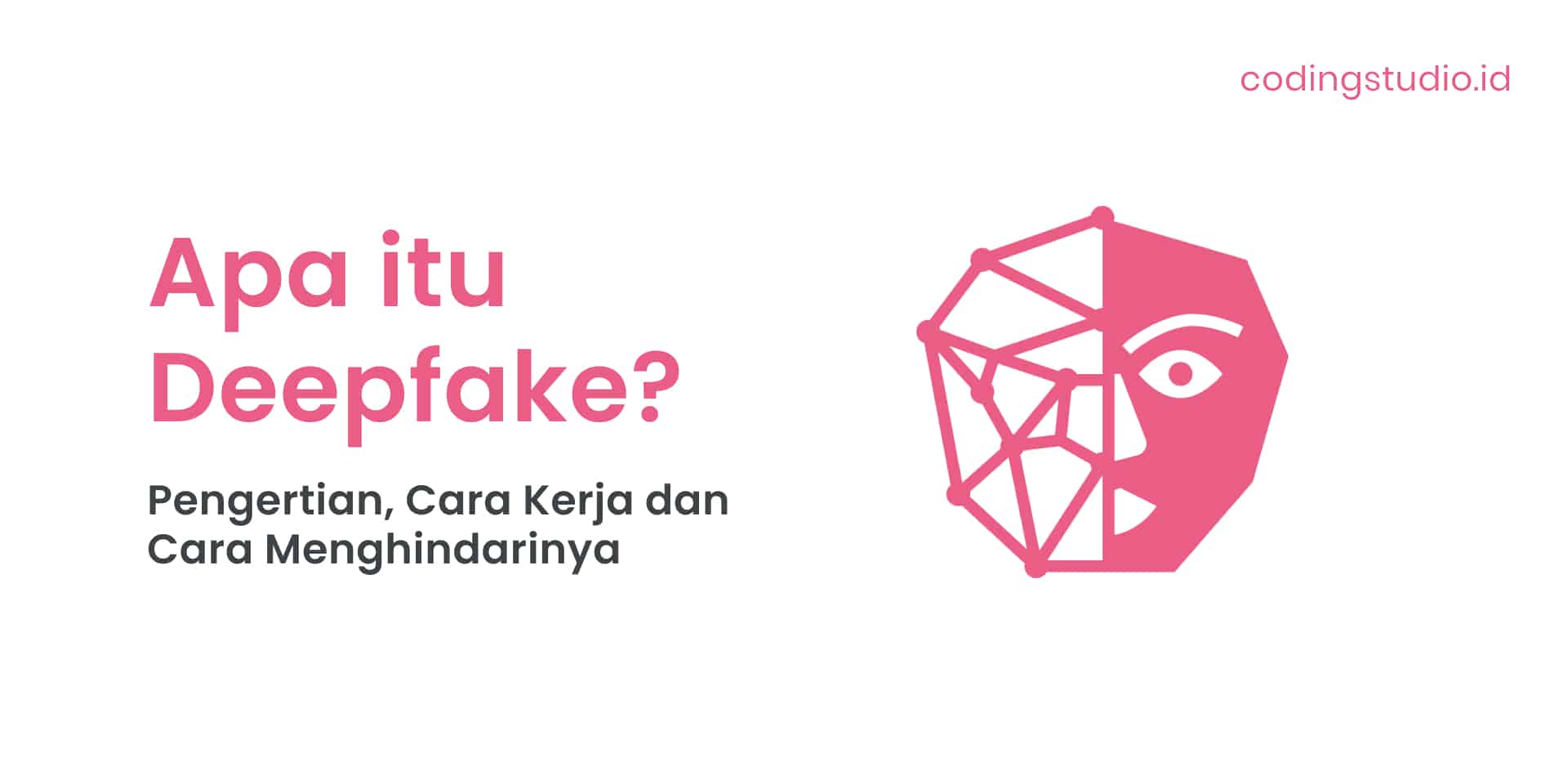Deepfake technology has revolutionized the digital landscape, offering both promising advancements and concerning challenges. In this article, we delve into the profound impact and techniques associated with Deepfake technology, shedding light on its dual nature of threats and positive potentials. As we navigate through the complexities of this technology, we will explore the methods used in creating deepfakes and the implications they have on various aspects of society. Stay tuned to uncover the depths of Deepfake technology and learn how to navigate its impact with vigilance and awareness.

Threats Posed by Deepfake
With its sophisticated technology, Deepfake poses a significant threat to security and trust. The capability to craft highly convincing fake videos raises concerns for cybersecurity professionals. This tool, utilizing deep learning algorithms, recreates faces with remarkable precision, impacting the authenticity and credibility of visual content.
The intricate operating mechanism of Deepfake, relying on advanced deep learning algorithms, intensifies the risks it poses. By replicating faces with intricate detail, this technology blurs the line between truth and deception. Tech enthusiasts should be wary of the potential misuse of this tool, emphasizing the importance of vigilance in discerning authentic multimedia content.

Techniques in Deepfake
Deepfake technology impact techniques encompass various methods to create highly convincing synthetic media.
-
Source Video Deepfakes: This technique involves replacing a person in an existing video with someone else, manipulating facial expressions and movements to generate a realistic-looking impersonation.
-
Audio Deepfakes: By utilizing advanced AI algorithms, audio deepfakes alter existing recordings or generate entirely synthetic audio, leading to deceptive impersonation or fabricated conversations.
-
Lip Syncing: Lip syncing in deepfake technology involves matching the lip movements of a target person to a new audio track, creating the illusion that the person is saying words they never spoke. This technique enhances the authenticity of fake videos.

Challenges and Recommendations
-
Training and high-quality data play a crucial role in enhancing the accuracy and realism of deepfake technology. To combat the evolving sophistication of deepfake manipulation, cybersecurity professionals need to continuously advance their detection techniques through ongoing training and access to diverse, reliable data sources.
-
The versatile applications of deepfake technology, whether for creating fabricated videos or verifying video authenticity, introduce significant challenges in distinguishing between genuine and manipulated content. It is imperative for tech enthusiasts and cybersecurity experts to collaborate in developing robust authentication tools and protocols to safeguard against the misuse of deepfake technology for fraudulent activities.

Positive Applications of Deepfake
Deepfake technology impact techniques can be harnessed for heartwarming purposes such as reuniting loved ones with deceased individuals. Through carefully crafted deepfake videos and audio, individuals can have the opportunity to create new memories and relive moments with lost family members or friends. This application showcases the potential of deepfake technology in preserving cherished memories and providing comfort to those who have experienced loss.
In addition, deepfake technology can be utilized creatively to revive historical figures, bringing them to life through realistic simulations. By accurately replicating the appearance and mannerisms of influential figures from the past, deepfake technology opens up avenues for educational purposes. This innovative approach enables students and history enthusiasts to interact with historical icons virtually, enhancing their understanding of pivotal events and personalities in history in an engaging and immersive manner.

Enhancing Cybersecurity
Cybersecurity professionals and tech enthusiasts can bolster defenses against deepfake technology by leveraging insights from Coding Studio. Understanding cybersecurity fundamentals equips individuals to identify vulnerabilities exploited by deepfake techniques, enhancing the development of robust security measures.
By immersing in cybersecurity training at Coding Studio, professionals gain knowledge to detect and mitigate the risks posed by deepfake technology. Learning about threat vectors, encryption methods, and authentication protocols provides a comprehensive defense strategy against malicious deepfake activities.
Further exploration of deepfake technology impact techniques in a cybersecurity context allows for the identification of vulnerabilities and the implementation of preventive measures. Through continuous learning and adaptation to new cybersecurity challenges, professionals can enhance their ability to counter the evolving threats posed by deepfake technology.
